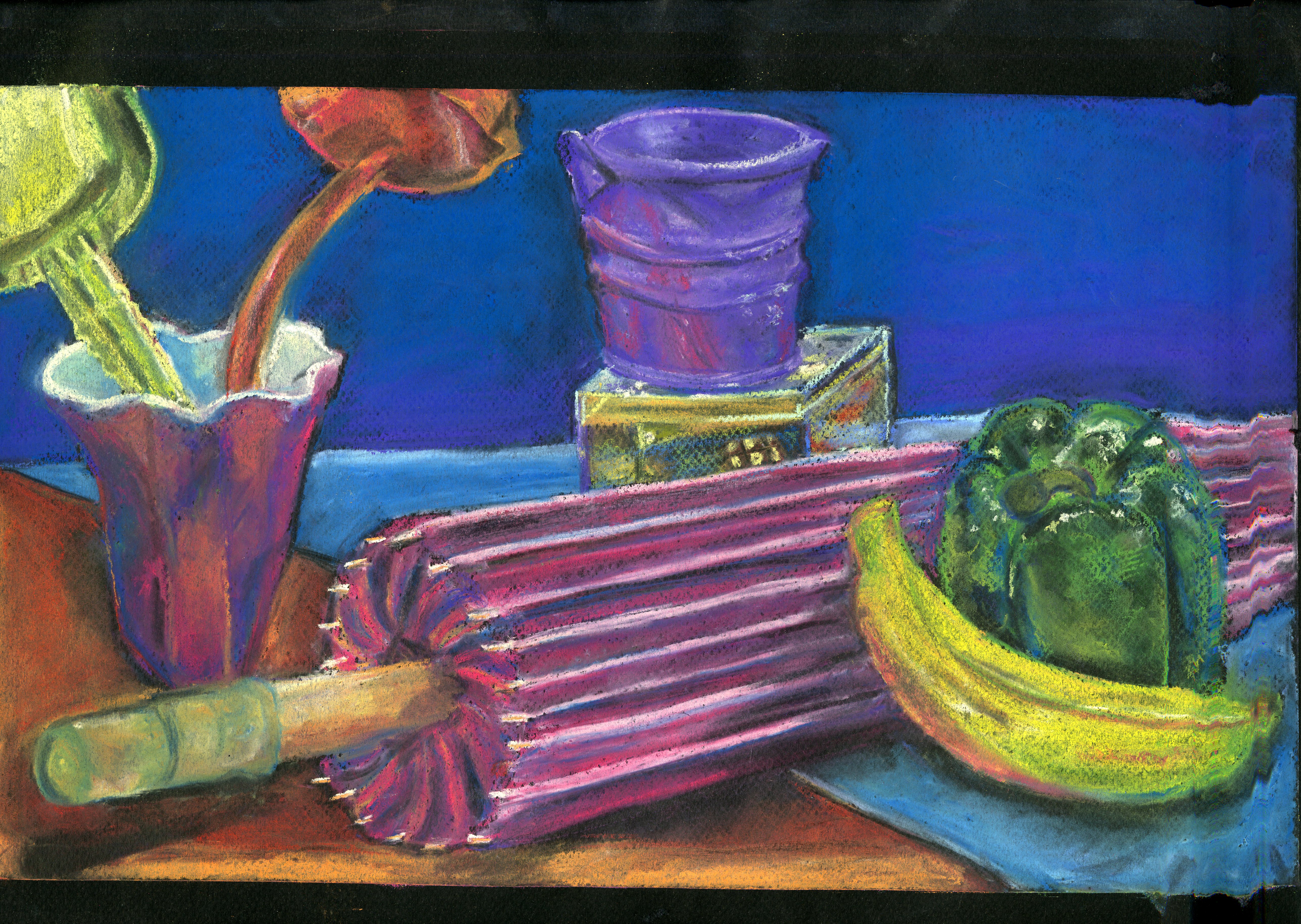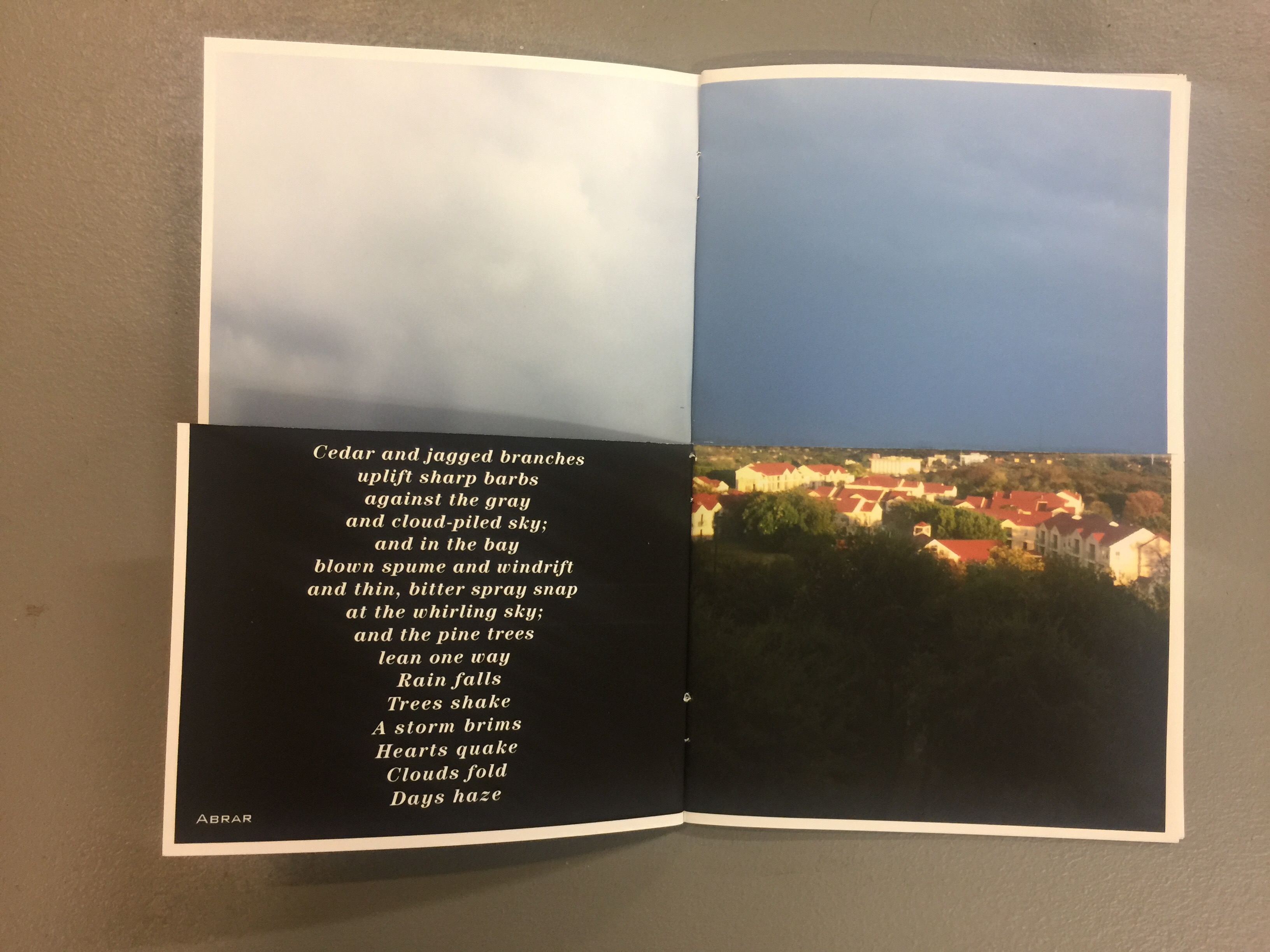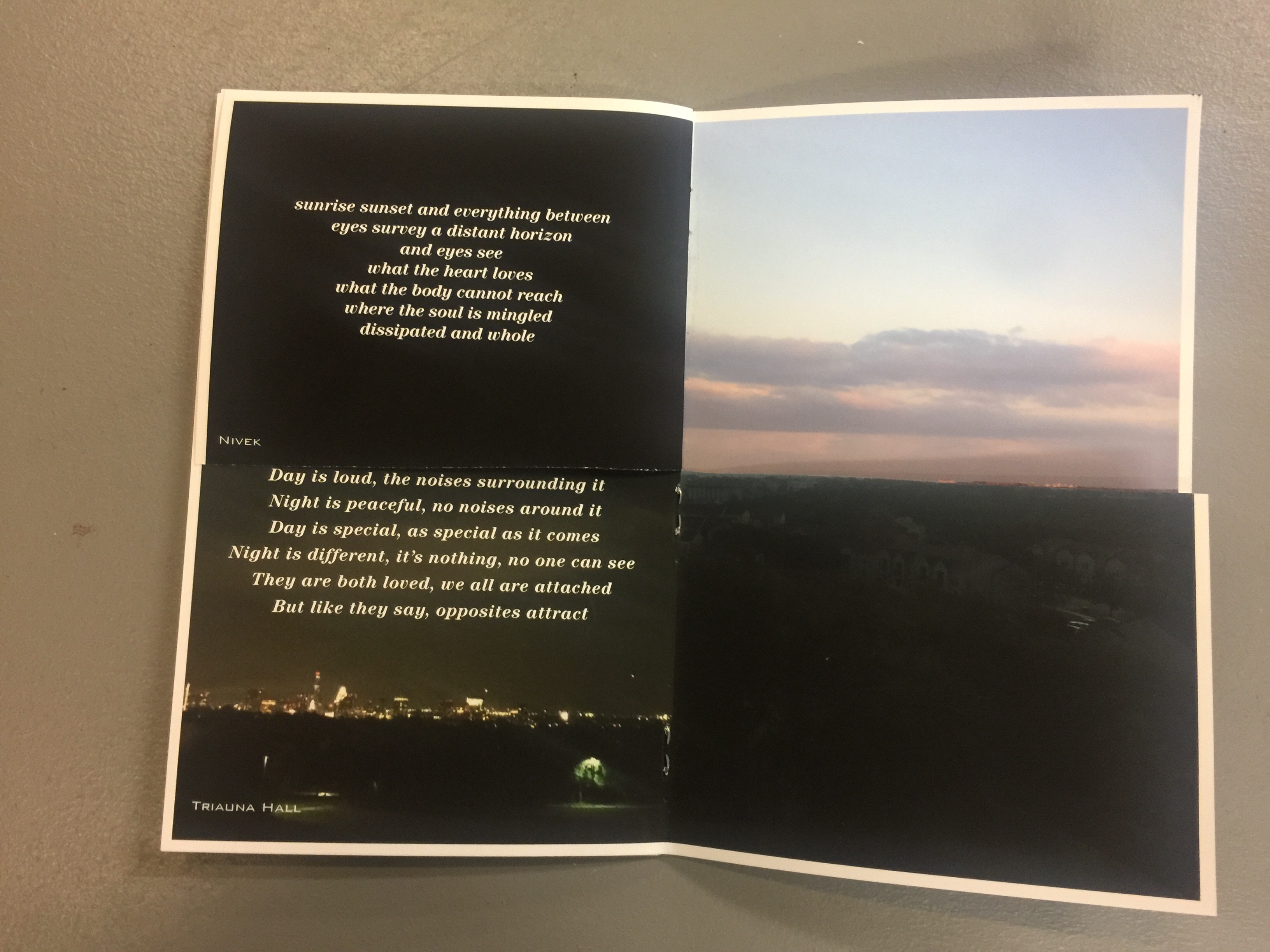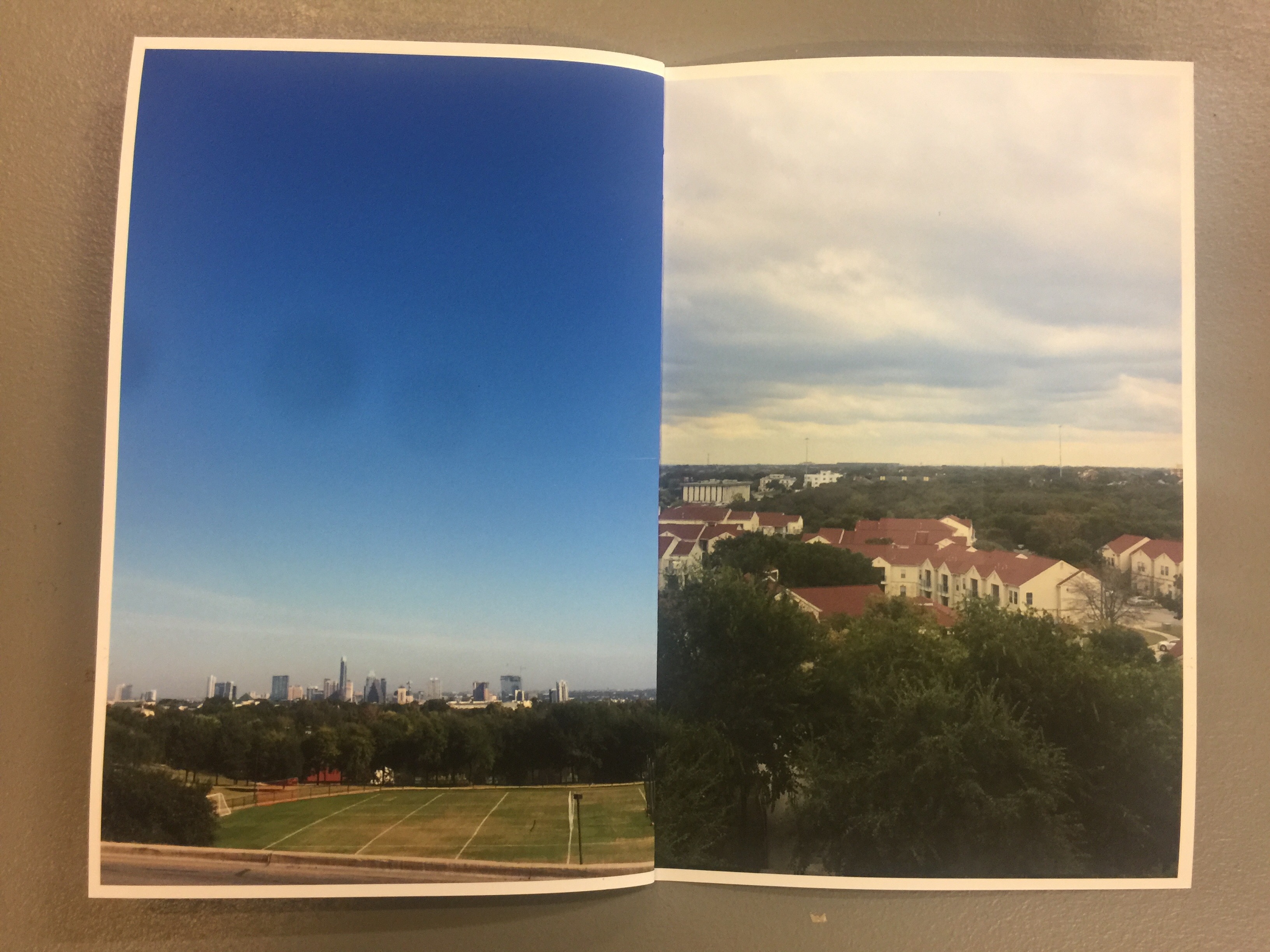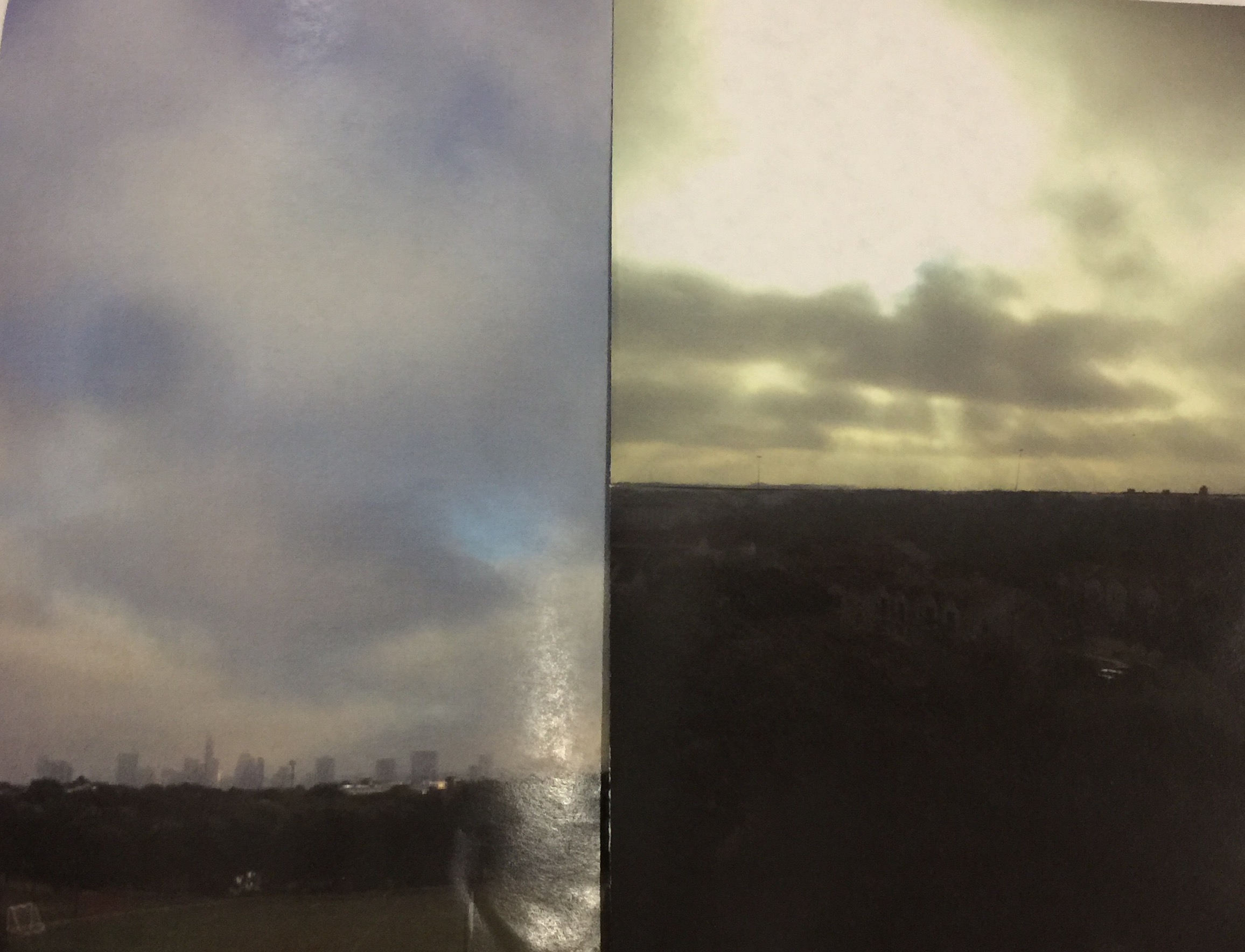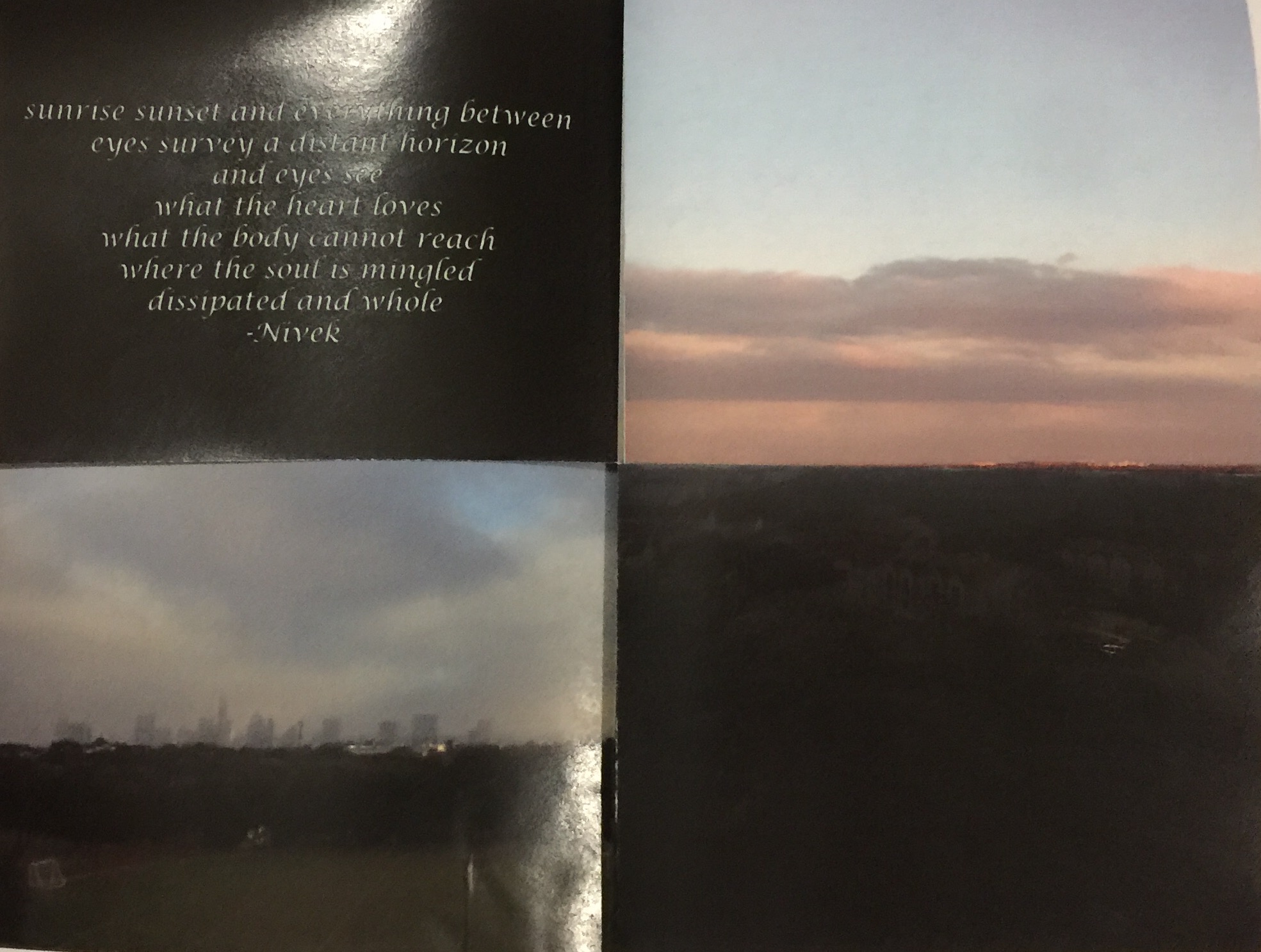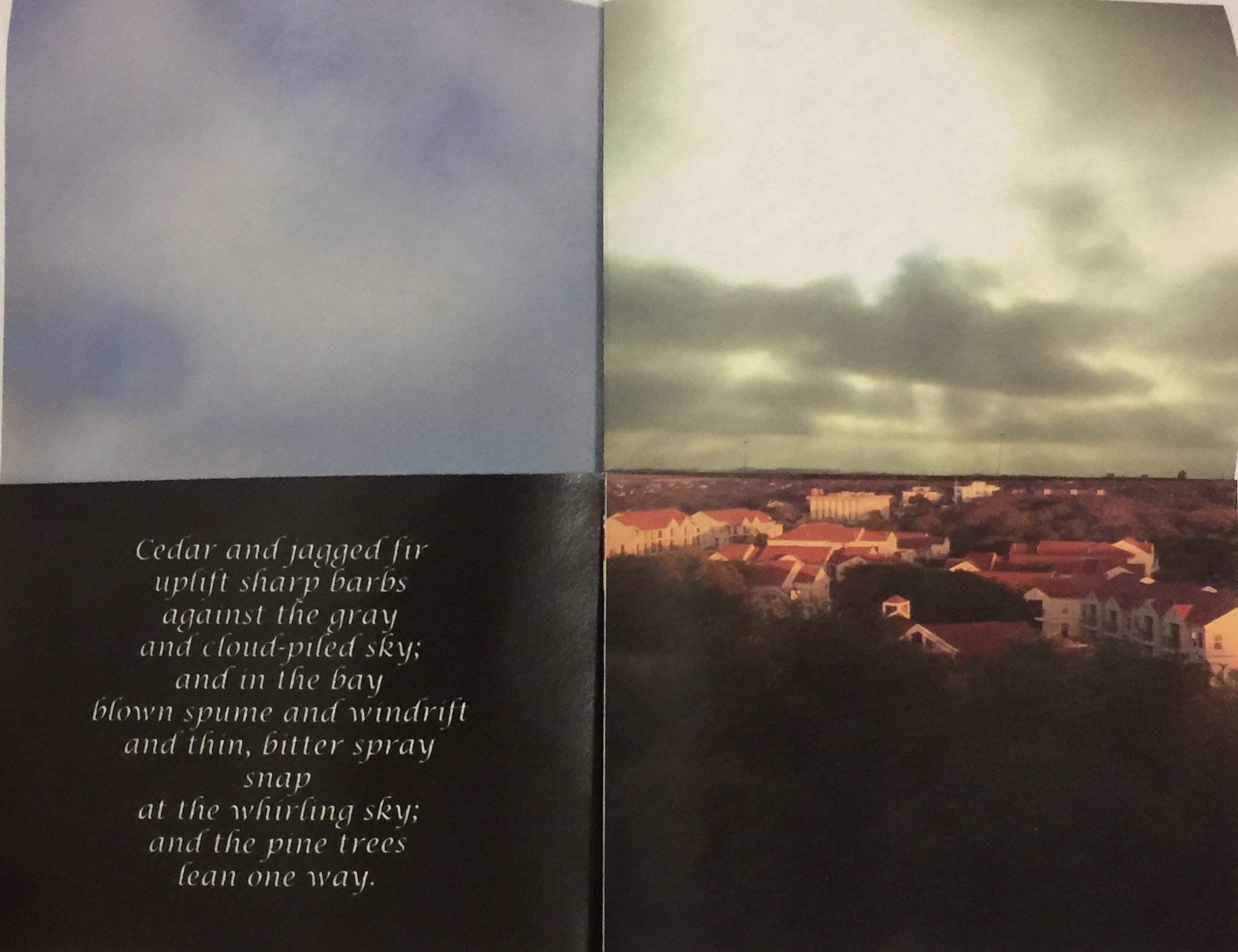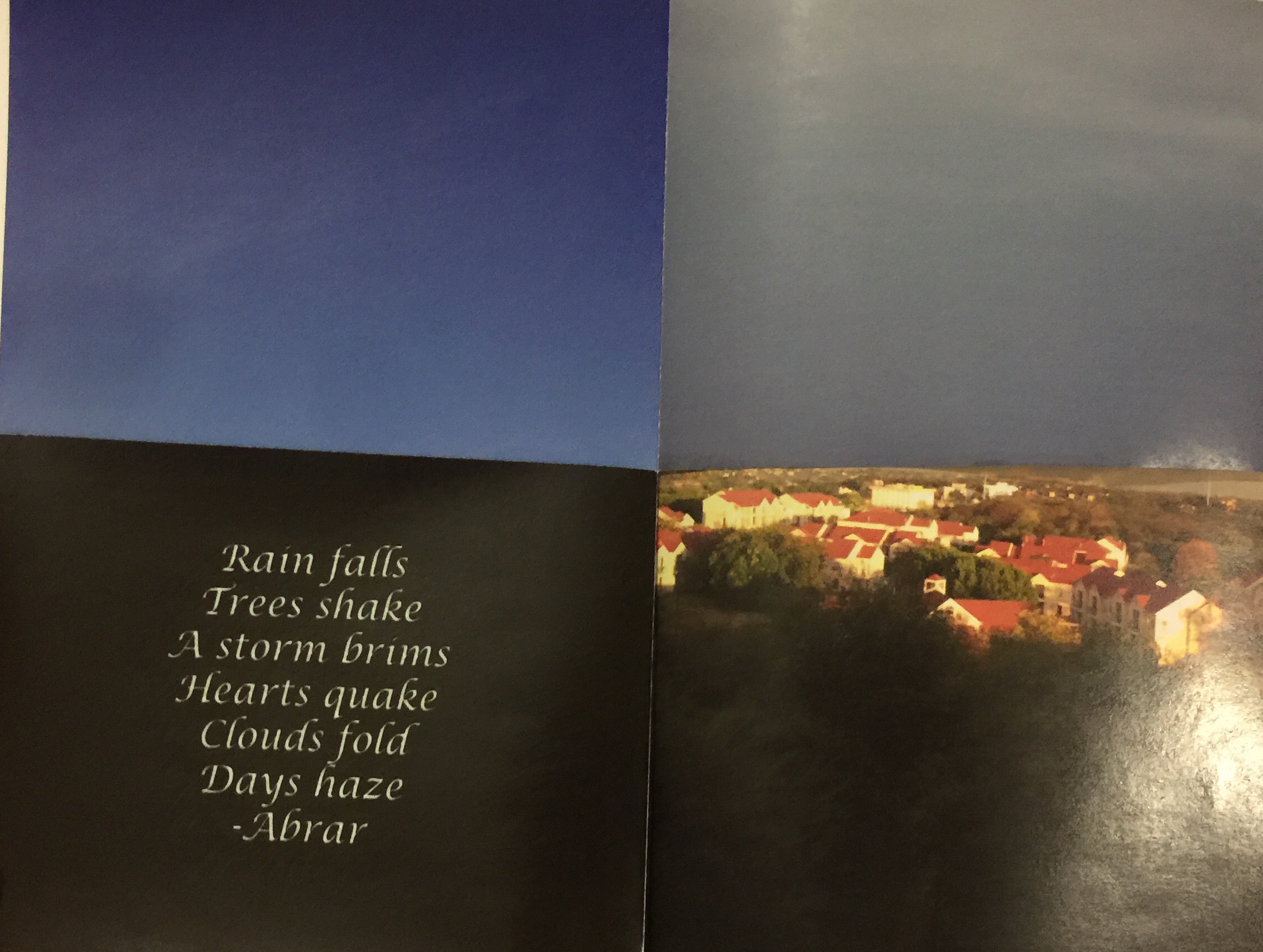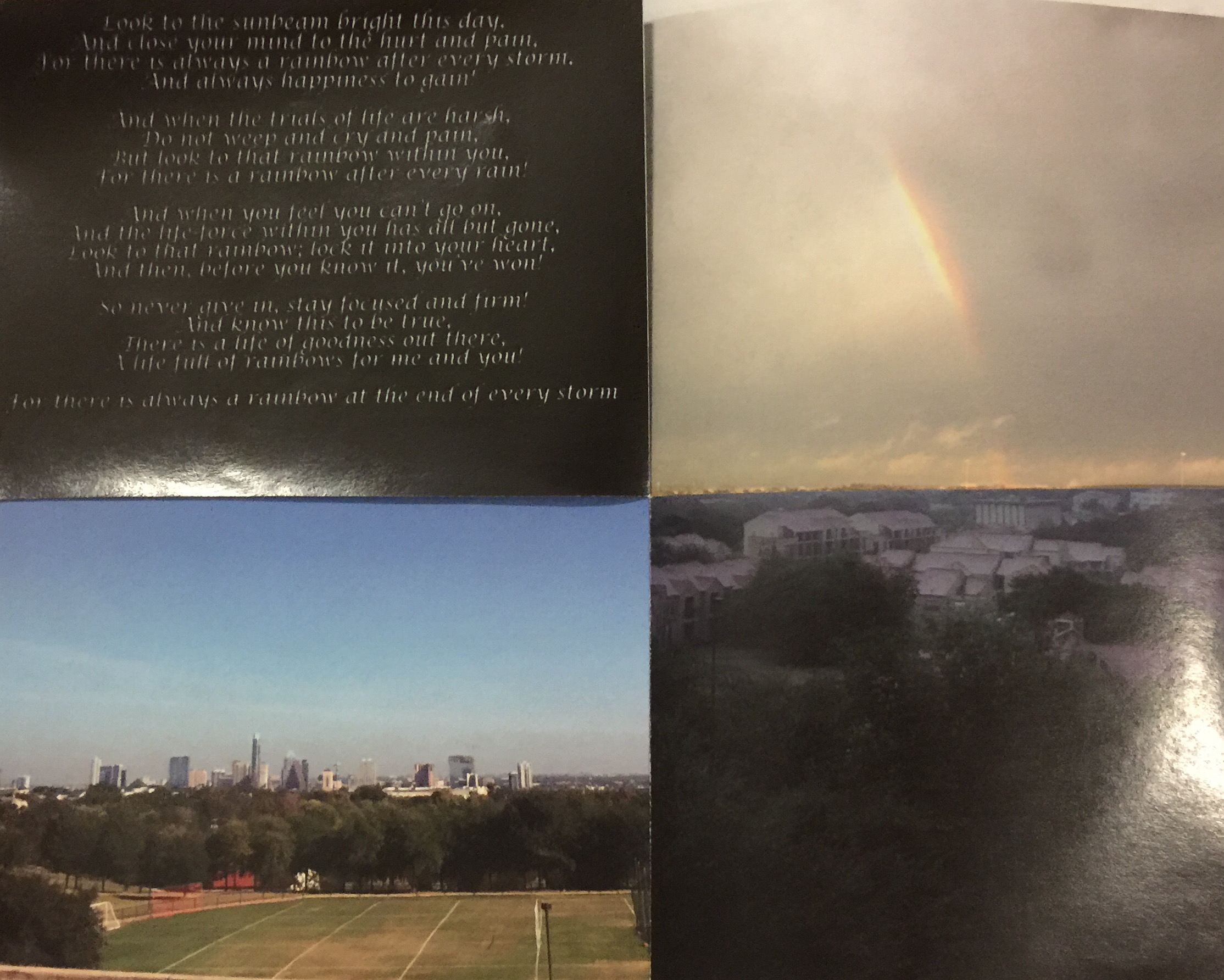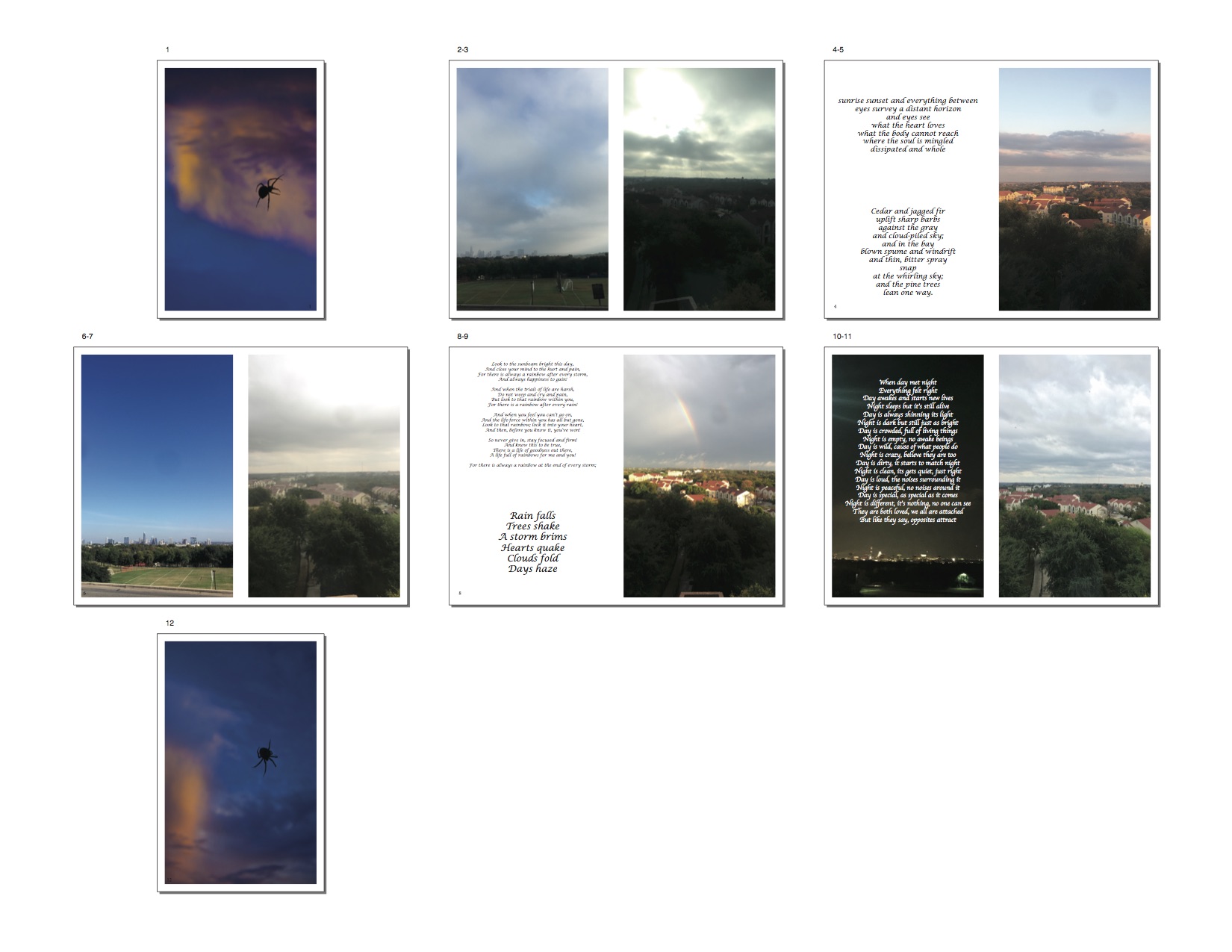Category: Uncategorized
Reading #4
Reading Response #3
Reading 3 | Design Noun/Verb
1. Based on the readings the word design comes with many definitions. Across all the readings some examples of these differences include Greenberg’s perspective of what “good design” is and how we should rise above it, Paul Rand’s definition of design as a problem solving activity, Vilem Flusser’s view of design as being deceptive and bridging art and technology , and lastly Hal Foster’s focus on the political economy of design.
2. The multiple definitions of this singular word effects how we perceive design because it formulates new connotations to the word and makes the word correspond to different functions and processes. When design is perceived as problem solving this differs from the idea that design is a creative process used for expression. The various interpretations of design influences further outcome of usage of design principles.
Personal Reflection:
1. I could better prepare myself as a maker of aesthetic objects/ideas through consistent practice of drawing and sketching and also thorough mental investigation of ideas that come to me. I should write all of my thoughts and concepts down and depict my thoughts through art.
2. Things I currently do to practice my creative muscle include drawing something every other day, experiment with new styles and techniques of art, and investigate and observe other artist’s work and how they use their mediums.
Reading Response #2
1. Based upon the reading priorities are set for specific projects based on beliefs such as beliefs that come from politics and concrete situations. In other words a certain audience determines the guidelines for given projects because they formulate ethical and social normalities based on a certain culture.
2. The artist/ designer approaches decision making differently because and artists is more experimental and knows the aesthetic values within projects. An artist/ designer uses their skills in formulating compositions in their decision making, as they can see how each decision will effect the final outcome of the product. Also artists can be more spontaneous than others and their compositions can be stimulated by impulsive decision making that leads to an interesting outcome.All designers approach decisions differently, for example Verner Panton’s decision making and designs are inspired and impractical.
Personal Reflection:
1. I make decisions based upon substantial aspects of what surrounds specific scenario. The context the decision is embedded in and the structure of my creative process determines how I make decisions.
2. I personally believe that everyone has a different definition of what they think is “good.” The elements and principles of design provide context for what is working within a project. The correct use of these design elements and principles stimulates an appearance of a working composition. Everyone looks at projects with different objectives in mind and have ideas about how things should work. The piece can be seen as successful by observers if the concept or aesthetic is executed correctly and is appealing tot he eye, but what is appealing tot he eye is different for every individual. You only know when something is good or working based on your own spectrum of visual appeal, conceptual value, and functionality.
3. I rework projects to make them work by taking a step back and focusing in on the concept or aesthetic of the piece. Noticing the subtle elements of the composition that alter the visual outcome, I go back in and change them based on the elements and principles of design.
Foundation Art and Design Readings 1: WTF is Design & Art anyway?
1. What is the purpose of a designer, do they always work for a stakeholder?
The purpose of a designer is to supply power behind an idea. Art is the production of concepts, objects, and activities, all functioning under a specific goal. The purpose of a designer is to back up this production and formulate a variety of outlets and concepts based on a common message. Designers do not always work for a stakeholder, they can function as an independent in order to generate work that is not tied to any other establishment.
2. Is the artist a self-expressive narcissist?
Self expression within art is stimulated by the artists personal views, opinions, and concepts. The artist may be perceived as narcissistic due to enhanced self reflection, but in reality the influence of the artistic creator is what makes each individuals perceptions and pieces different. Art is a medium for self expression, and not commonly narcissism.
3. Can the designer/artist exist?
The elements and principles of design are parallel with those of art. Being a designer involves the input of outside sources and clients that go into the production process of design and with art the final product can be perceived differently. Craftsmanship goes into both design and art but both final products create different perceptions.
Personal Reflection
- I personally believe that it is possible to be a designer and an artist, but at separate times. Both designers and artists have similarities and differences that define how you utilize your skill in the path your creativity takes you on.
- I would say that I am both an artist and designer, if possible. I lean more towards the artist side of things due to my ability to formulate my own conceptual meanings within my pieces and my works being able to spark a variety of perceptions. I also view myself as a designer in terms of creation under client request and instruction. I am able to take my skills as an artist and incorporate it into design.
Final Prototype Sequence Book (Ink Jet print)
I came across many problems when attempting to print out my sequence book. When I tried to print the evens on the other side of the odds the first time, I loaded the preprinted paper in wrong and it came out backwards and in the wrong orientation. In addition to this my papers stuck together when printing and ruined the form of the prints. On my second attempt at printing, everything seemed to have printed correctly until I looked at the order, and the printing made two of my pages flip somehow. I am still unsure how this happened because it was not a printing issue, but a mix up in the spread that translated weird when printing. Two of my images in my book were actually swapped and the the logic of my sequence broke down because it changed what the flaps and reveal underneath. Although there were some problems, I have refined my current prototype from the previous drafts through changing the formats and structure of my book. By abstracting time and changing my type selection I believe that my book was improved. Overall, I think that I can make the book have no flaws on my next print because I have learned from my mistakes.
Blog Post #12
Reflecting on this semester and course overall I have enjoyed all of the presentations and have found them useful in some way. The alumni and business professional presentations aided me in helping me grasp the professions that are out there that incorporate design. In terms of critiques for the course, I would say that the seminar could eliminate most of the basic study habit curriculum and focus more on the aspects of marketing yourself and your resume/portfolio.
Sequence Prototype
My book prototype functions well and all my flaps successfully transition from page to page to reveal the change in scenery underneath and the poems behind the flaps associated with the change in sky. I like how the skies and foregrounds contrast through the distinction produced from the horizon lines. I would probably like to add backgrounds to the poem pages to add a greater atmospherical sequential effect. I think I will want to add more pages and a fold out to the book depicting more times of the day, but I am happy with the current amount. Overall the book could have a more cohesive flow that can be done through a better use of space, but I think that the conceptual aspects of the contrasting chronological sequence functions well.
Blog Post #11
Part 1: Faculty Presentations
Bill Kennedy takes photographs of random subjects and places them in photoshop where he deconstructs them and then formulates the figures and colors back together to form a brand new composition. Bill likes to experiment with his printing and his work is extremely intriguing. It is interesting how each image is so unique and structured from pictures that do not look anything like the final product. I appreciate how Bill, although trained as a photo journalist, experiments with abstraction and deconstruction in his softwares.
Hollis has done a lot of work pertaining to storms and collections of objects. Her art is incredibly detailed and very impressive. The scale of her work varies greatly and her installations are very intricate. The structure of her pieces employ a cluster of items that in the end create a unity and conceptual scheme.
Alex composes pieces that depict minimalistic forms. Her work is very experienced based and she executes her conceptual agenda through utilizing line, shape, and form. Her work highlights the beauty within “nothing” and opened my eyes to the subtly art can convey.
Tammy pairs items that really exist and items that do not exist at all. In her pieces she does this by formulating slip-cast sculptures that explore this contrast of real and imaginary. She likes to formulate pieces that have a magical undertone and likes to explore the concept of having perceptions associated with forms. She creates pieces that make you want to touch it, but you can’t. Her use of tactility tempts the viewer to want to get close to her pieces. Tammy’s work is masterfully crafted and intrigues the viewer.
Joe demonstrates portraits of individuals in rural areas. The black and white compositions are well done and gifts the viewer with a specific tone created from the rural atmosphere. He documents the farming country and the pictures have great depth and are well executed. His work explores the cattle industry and ranchers and it visually triggers emotions.
Part 2: 5-year plan
4 years- complete bachelors degree at St Edwards and do many internships
5th- begin job in field of design after completing internships and developing skill
My long term goals beyond college are to incorporate design into my career and make a good income. To accomplish those goals I need to build my portfolio, better my self-advertising (selling myself), and hone in on my skills.
Sequence Thumbnails
These thumbnails display a simple foundation of what my book will depict. The front and back cover will be a picture of the sky with the spider I have been taking pictures of during different times of day. I will incorporate the spider into the book as well. The book will open to a picture of the morning sky and it will be flippable to show underneath the sunset sky. Also when you flip the half pages a poem about the time of day is shown on the other side of the flap. This continues for the difference between a stormy sky and the rainbow and sun after the storm and poems that go along with this. I will be replacing the storm image to one I took from when it was raining. Then lastly there will be pictures at the end of the book in a flip out format showing the sequences contrast between night and day, and there will be corresponding poems associated with night and day. The book will explore the sequential patterns of time and weather in a day through contrasting images of this through cuts and flaps in the book.
